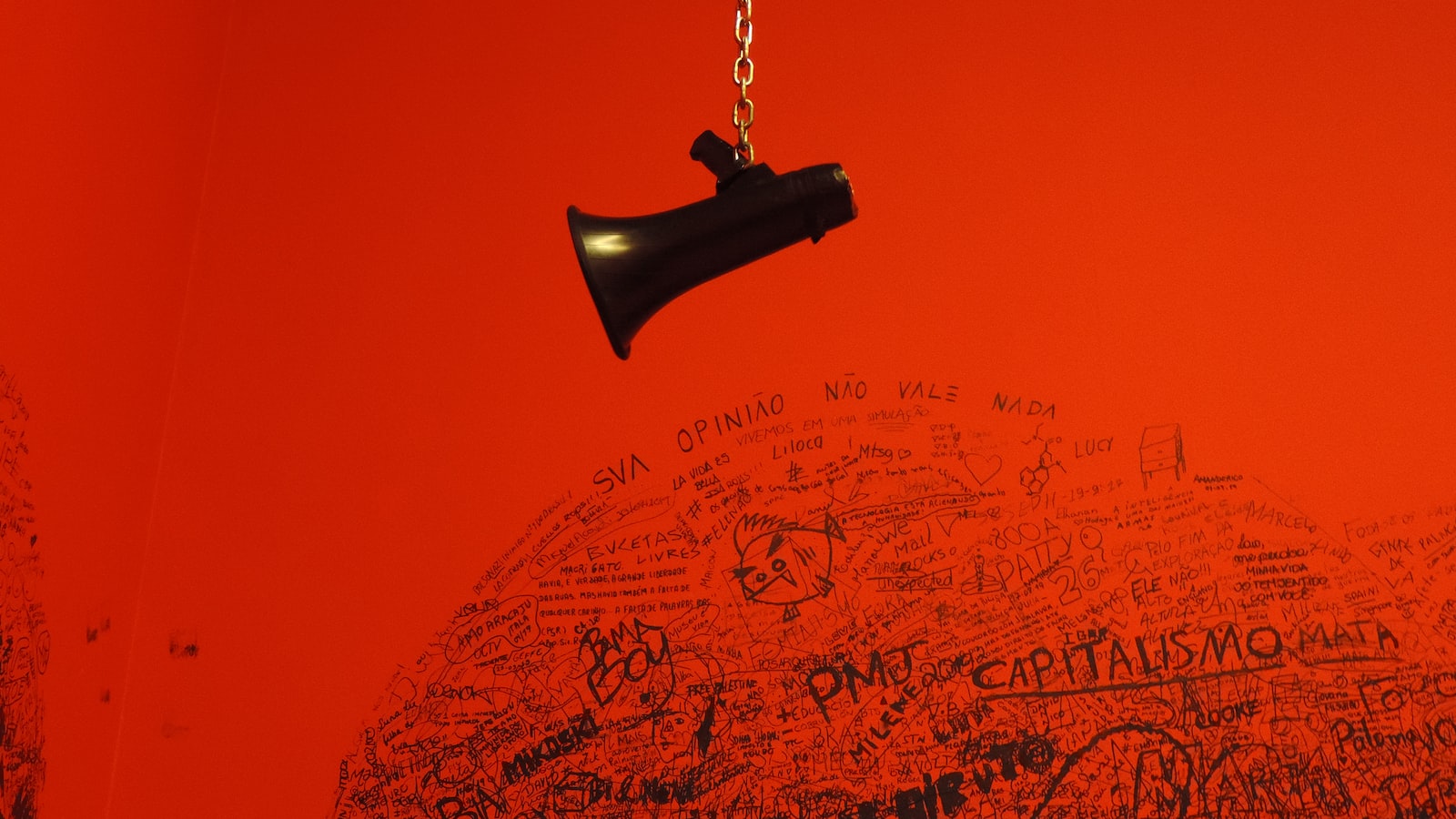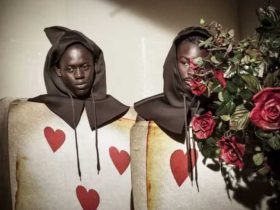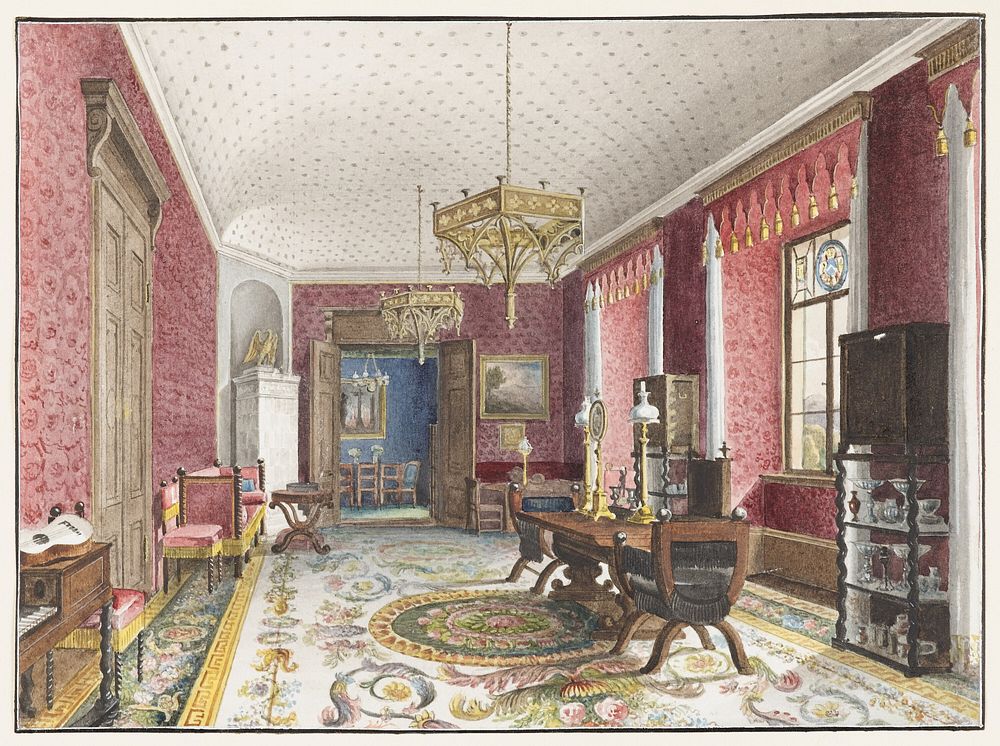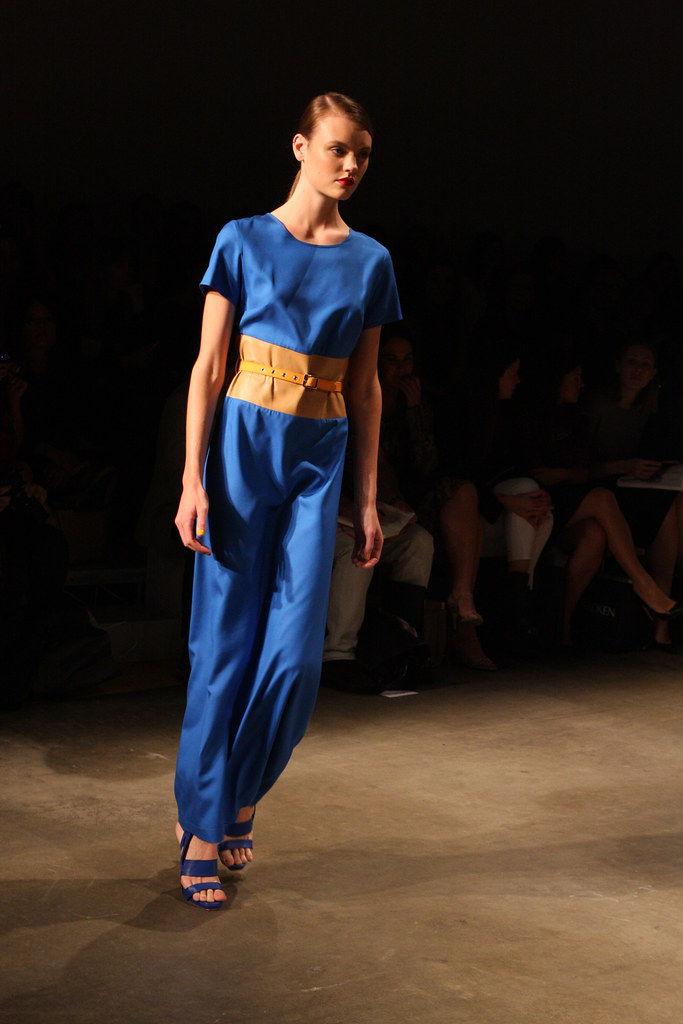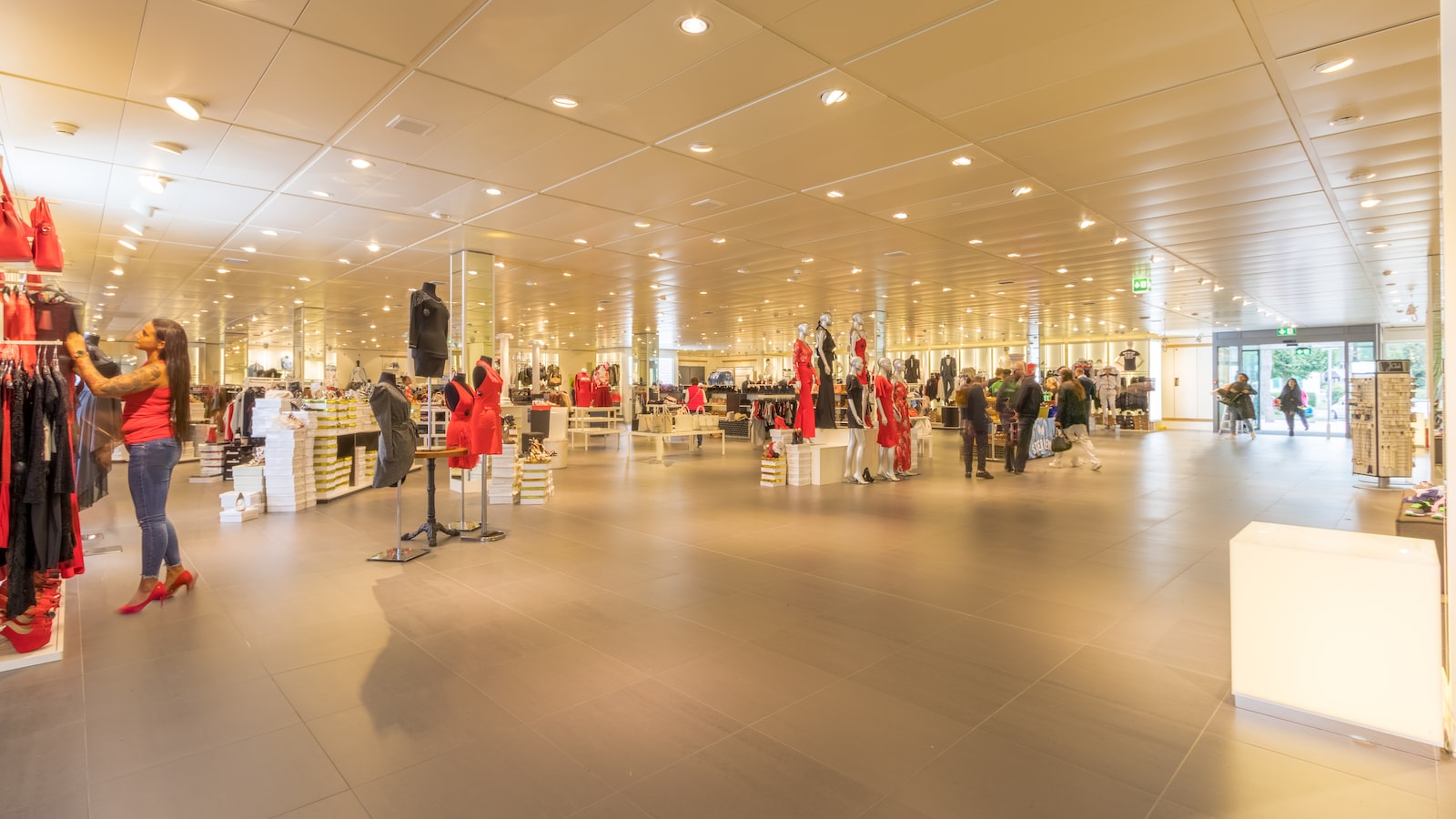
Today’s fashion industry is no longer restrained by geographical or cultural boundaries. Consumers are inspired by international fashion trends, styles, cut, and design to create unique outfits that reflect their personal style. Cultural influences are becoming more and more prominent in the fashion world, as apparel is now being designed with cultural meanings, symbols, and colors.
Diversity in lifestyle dressing is being embraced from the street, to the most fashionable runways around the globe. Designers such as Gucci, Prada, and Burberry have realized the importance of representing culture and customs in their collections. From integrating vibrant Eastern techniques into their lines, to African-inspired pieces, these labels have added an ethnic component to their designs, leading to a global acceptance within the industry.
For instance, traditional Chinese silhouettes can be seen on boxes in Gucci boutiques worldwide. Meanwhile, Japanese-inspired cascading collars, closes, and folds can be seen on many dresses. India’s vibrant embroideries, prints, and fabrics have also become part of mainstream fashion. This has gone a long way in promoting cultural awareness and appreciation among consumers around the world.
Cultural influences in fashion are not limited to clothing. Like garments, shoes, and accessories, hairstyles also reflect cultural connections. Braids, dreadlocks, twists, and fade cuts are all hairstyles that are connected to cultures around the world.
Hairstyles represent a person’s lifestyle or identity and often become part of a fashion statement. Native American headdresses, matronly Japanese bob haircuts, and African cornrows are all trending hairstyles that have been embraced by a larger cross-cultural spectrum. This fusion of styles has given new life to a range of cultural hairstyles, enabling them to reach a wider audience.
Cultural influences in fashion reflect the world’s dynamic environment and highlights a remarkable appreciation of diversity. It encourages the acceptance and celebration of different cultures, customs, and beliefs. With more and more designers embracing international influences, the fashion industry is becoming increasingly connected.
